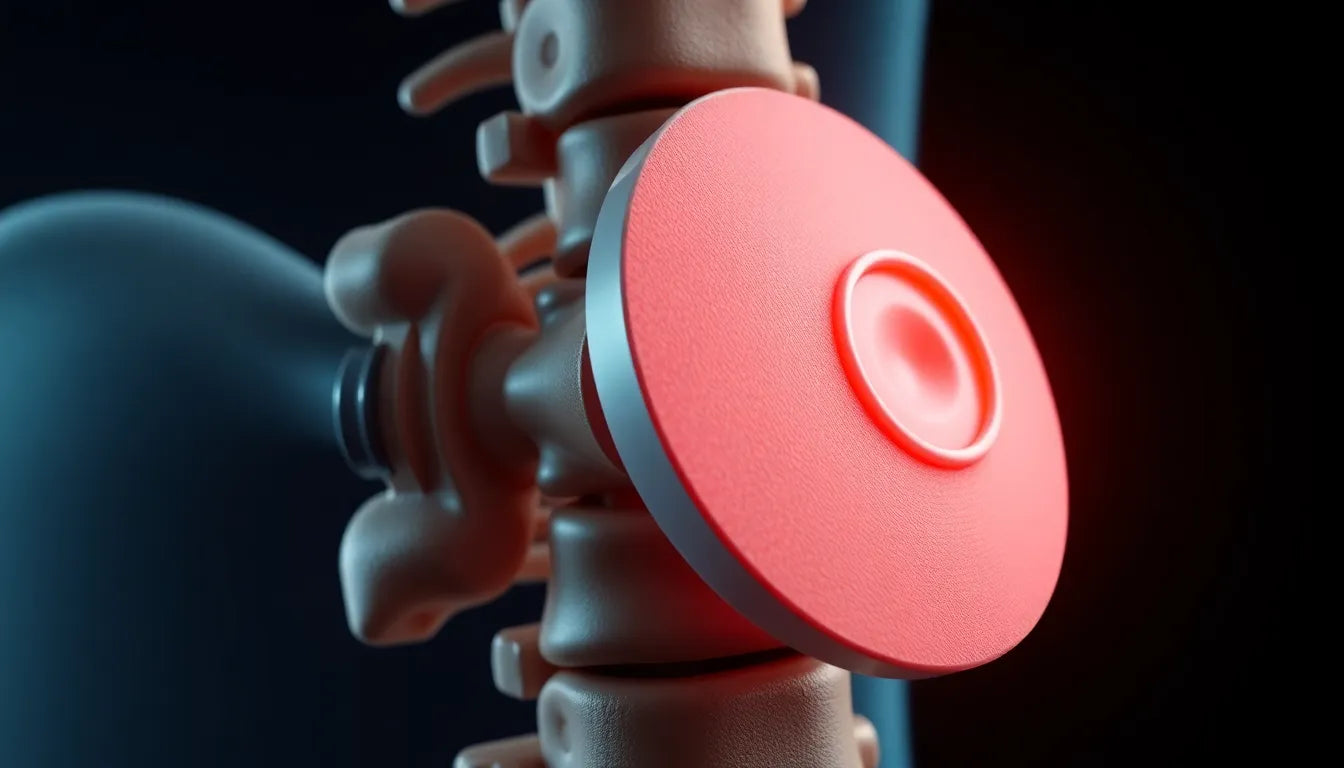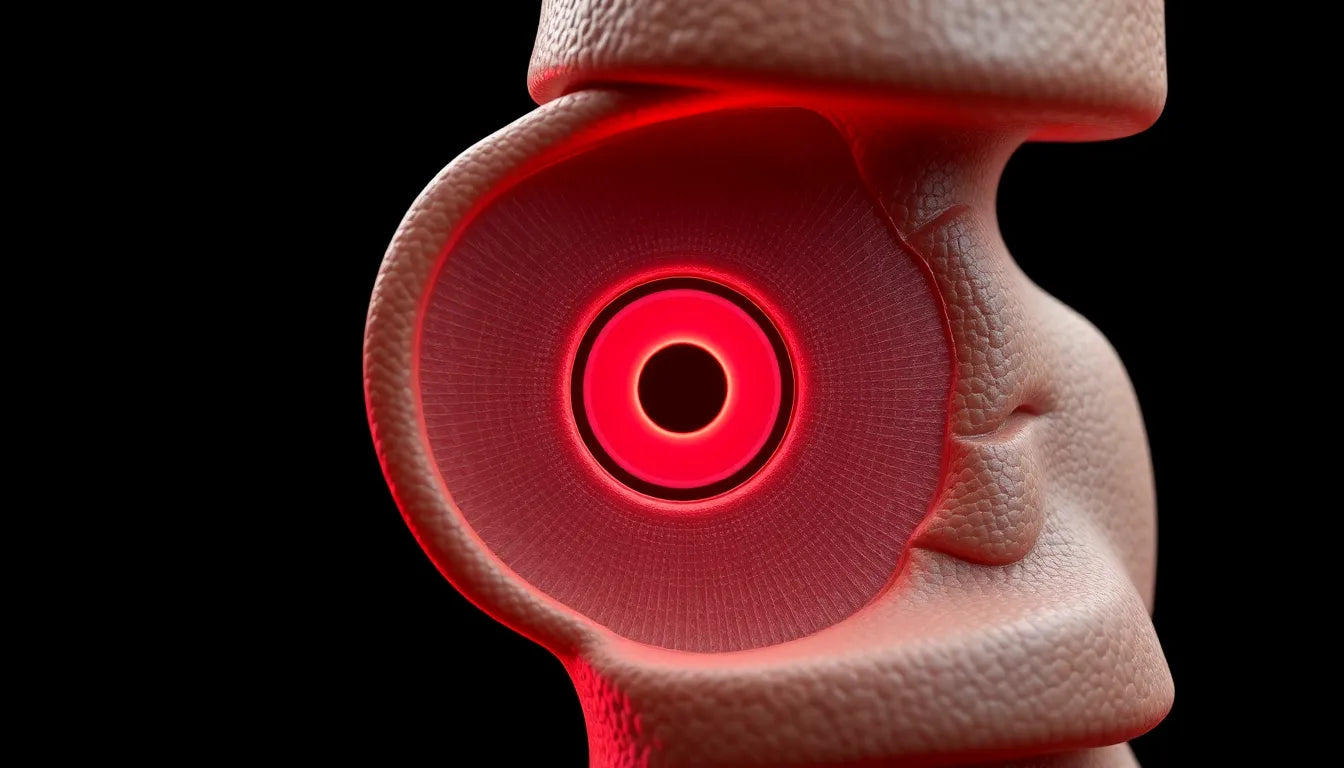Understanding sciatica is crucial for anyone who has ever experienced the sharp, shooting pain that travels along the sciatic nerve. Rather than being a single condition, sciatica is a symptom complex characterized by pain and abnormal sensations, known as paresthesias, that often radiate from the lower back through the hips and down each leg. This discomfort is typically caused by compression or irritation of the sciatic nerve roots, which are located in the lumbar spine.
Sciatica is surprisingly common, affecting a significant portion of the population at some point in their lives. It can be a debilitating issue, impacting daily activities and overall quality of life. The importance of seeking relief cannot be overstated, as prolonged suffering can lead to chronic pain and other complications. However, with the right understanding and treatment, achieving a pain-free life is not only possible but a realistic goal for many.
the impact of sciatica on daily life
Consider this: according to various health studies, up to 40% of people will experience sciatica at some point in their lives. This statistic underscores the widespread nature of the condition and its potential to disrupt everyday activities. From difficulty in sitting or standing for extended periods to challenges in walking or bending, sciatica can significantly affect one's ability to perform even the simplest tasks. This makes finding effective relief not just a desire but a necessity for those affected.
is relief from sciatica possible?
If you're among those grappling with the discomfort of sciatica, you might find yourself wondering whether relief is truly achievable. Imagine waking up free from the nagging pain that has become an unwelcome part of your daily routine. The good news is that with a comprehensive approach that includes understanding the root causes and exploring appropriate treatments, a pain-free life is within reach. By addressing both the symptoms and the underlying issues, individuals can embark on a journey towards comfort and improved quality of life.
causes of sciatica
Sciatica often stems from a variety of underlying issues, with the most prevalent cause being the compression of spinal nerve roots in the lumbar spine. This compression is frequently due to herniated discs or bone spurs. Herniated discs occur when the soft inner gel of a spinal disc protrudes through its tougher outer layer, pressing against nearby nerves. This can lead to inflammation, pain, and numbness in the affected areas. Bone spurs, on the other hand, are bony growths that develop on the edges of bones, often as a result of arthritis, and can similarly impinge on the nerves.
While these are the common culprits, sciatica can also arise from less frequent causes such as spinal fractures, tumors, infections, or inflammatory processes. Additionally, irritation of the sciatic nerve outside the spine, like perineural scarring or direct injury to the nerve, can also lead to sciatica symptoms. Understanding these diverse causes is crucial for effective diagnosis and treatment.
symptoms and diagnosis
The hallmark of sciatica is radiating leg pain that originates in the lower back and travels down the back of the leg. This pain may be accompanied by sensations of numbness, tingling, or muscle weakness, particularly in the leg or foot. The intensity of pain can vary widely, from mild discomfort to severe, debilitating pain that hinders mobility.
Diagnosing sciatica typically begins with a clinical evaluation, where healthcare professionals assess the patient's medical history and perform a physical examination. This may include tests to evaluate muscle strength, reflexes, and the ability to perform certain movements. If the diagnosis remains unclear or if symptoms are severe, further investigation through imaging techniques such as MRI or CT scans may be warranted to visualize the spine and identify potential causes of nerve compression.
treatment approaches for sciatica
When it comes to treating sciatica, a range of options is available, tailored to the severity and underlying cause of the symptoms. Nonsurgical treatments are often the first line of defense. These include cold and heat therapy, which can help reduce inflammation and alleviate pain. Oral medications, such as nonsteroidal anti-inflammatory drugs (NSAIDs), are commonly prescribed to manage pain and swelling. Physical therapy plays a vital role in strengthening the muscles supporting the spine, improving flexibility, and reducing pressure on the sciatic nerve.
In some cases, injections, such as corticosteroids, may be recommended to decrease inflammation around the affected nerves and provide temporary relief. However, if nonsurgical measures fail to improve symptoms or if there is significant neurological impairment, surgical interventions might be considered. Procedures such as microdiscectomy or laminectomy can relieve the pressure on the nerve by removing the offending disc material or bone spurs.
Emerging treatments are also on the horizon, offering hope for more personalized care. New diagnostic models utilizing genetic or immune-related biomarkers are being explored to tailor treatments to individual patients, potentially leading to more effective and targeted therapies.
engaging with visual and interactive content
To further support individuals dealing with sciatica, incorporating visual and interactive content can be incredibly beneficial. Exercise demonstrations, for instance, can guide patients through routines designed to alleviate pain and improve mobility. Explainer graphics can provide clear insights into the anatomy of the sciatic nerve and the mechanisms of sciatica, helping patients understand their condition better. By engaging with these resources, individuals can gain practical advice and take proactive steps towards managing their symptoms effectively.
innovations and future directions in sciatica treatment
The landscape of sciatica treatment is evolving, with innovations aimed at providing more precise and personalized care for patients. One of the most promising advancements is the use of precision diagnostics, such as biomarkers and smart monitoring devices. These tools can help healthcare providers tailor treatments to the specific needs of each patient, potentially improving outcomes and reducing recovery times.
Biomarkers, which are measurable indicators of a biological condition, can be used to identify specific subtypes of sciatica. This allows for more targeted therapies that address the underlying causes of the condition rather than just the symptoms. Additionally, smart monitoring devices offer real-time insights into a patient's pain levels and mobility, enabling more dynamic and responsive treatment plans.
practical advice for managing sciatica at home
For those managing sciatica symptoms at home, several practical strategies can help alleviate pain and improve quality of life. Ergonomic adjustments, such as using supportive seating and maintaining proper posture, can significantly reduce strain on the sciatic nerve. Incorporating specific exercises into your daily routine can also be beneficial. These exercises should focus on strengthening the core, improving flexibility, and reducing pressure on the lower back.
Creating a checklist of do's and don'ts can serve as a useful guide. Do engage in regular low-impact activities like walking or swimming, as these can help maintain mobility without exacerbating symptoms. Don't engage in activities that involve heavy lifting or prolonged sitting, as these can increase pressure on the sciatic nerve.
frequently asked questions
What exactly is sciatica?
Sciatica refers to a set of symptoms caused by issues affecting the sciatic nerve, not a standalone disease. It is characterized by pain and abnormal sensations along the nerve's distribution.
How is sciatica diagnosed?
Diagnosis is primarily clinical, based on symptoms and a physical examination. Imaging tests like MRI or CT scans may be used if necessary to confirm the diagnosis or rule out other conditions.
What are the most effective treatments for sciatica?
Treatments range from nonsurgical methods like physical therapy, oral medications, and injections to surgical options for severe cases. The choice of treatment depends on the severity and underlying cause of the symptoms.
Can lifestyle changes help manage sciatica?
Yes, lifestyle changes such as ergonomic adjustments, regular exercise, and maintaining a healthy weight can significantly impact symptom management and improve overall quality of life.
Are there new treatments on the horizon?
Emerging treatments include personalized approaches using genetic markers and advanced monitoring systems. These innovations are aimed at providing more targeted and effective care for sciatica patients.
Sources
- NCBI Bookshelf. "Sciatica Overview."
- PMC. "Diagnosis and Treatment of Sciatica."
- HSS.edu. "Symptoms and Causes of Sciatica."
- Frontiers in Genetics. "Advanced Diagnostics in Sciatica."
- Advanced Clinical Education. "Understanding Sciatica as a Symptom."
- YouTube. "Sciatic Nerve Testing & Exercise."
- eScholarship. "Real-time Pain Monitoring Systems for Sciatica."























